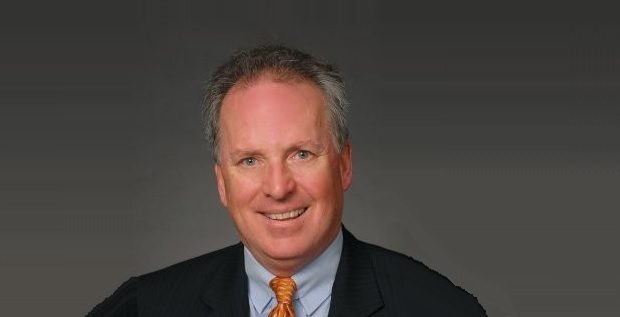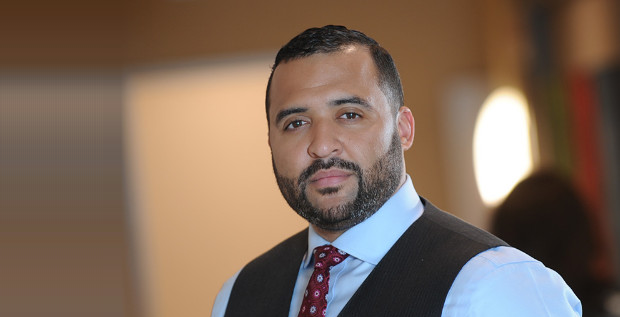John Palumbo is the CEO of HealthRight. With offices in Philadelphia, Tampa, and San Francisco, HealthRight offers a membership program intended to improve patients’ access to health care, as well as provide significant savings on services such as imaging, on-demand doctor visits, lab tests, prescriptions, wellness programs, and more. John has held leadership positions in the health care field since 1986. Before joining HealthRight, he was a founding member of Healthworks Alliance, executive vice president and COO of AllScripts, president of I-trax, and senior vice president at AmerisourceBergen Corporation. He is also a senior fellow at the Jefferson School of Population Health and, in 2010, became a senior advisor of Bryant Park Capital, an investment banking firm based in New York and Philadelphia.
John Palumbo spoke with Reid Blynn, executive managing director of Newmark Grubb Knight Frank, for this interview.
REID BLYNN: Before we get into HealthRight, could you give us a little bit of background about how your career led you to start HealthRight?
JOHN PALUMBO: I’ve had almost 30 years in health care. It’s been a career that’s been balanced between small entrepreneurial type enterprises and larger corporate opportunities, and the interesting part is that my partners and I, along the way, have interacted pretty directly over the last 15 to 18 years of that.
We started way back early as a technology company that began to pioneer electronic medical records. I was fortunate enough, with two of my colleagues, that we ended up being part of the founding group of AllScripts, which is arguably the largest electronic medical record company in the United States today, and clearly was really the first to market leader around the early 2000s. It went public right around 2000 as part of that Internet bubble, if you will.
I left that and had an opportunity to work with another large technology company called Shared Medical Systems, which is Philadelphia-based out in the Malvern area, and which was part of the lead team that we ended up selling, Shared Medical, to Siemens Medical.
From there, I reunited with my two colleagues we did AllScripts with and decided that we felt that corporate health care was a tremendous opportunity to bring early-stage population health management services into large corporate campuses. We founded a company called I-Trax. We were fortunate enough to grow it from a startup to about a $150 million in revenue, took it public on the American Stock Exchange, and that company ultimately became the market leader in onsite primary care pharmacy and other technology services, clinical technology services, occupational health, and early stage population health. And that company ultimately was sold to Walgreens.
Then, when the Affordable Care Act got passed in 2010, we really began to target the remote care models. Whether you’re consumer on the employer side, or whether we’re a consumer as the individual side, there are a couple of looming trends that are happening as part of the Affordable Care Act in just demographic shifts. One: there’s going to about a 120,000-physician shortage within the next decade. We have fewer and fewer physicians that are going into primary care. We also have a tremendous shift in the financial responsibility. Access, affordability for high quality care, as well as the integration of new technologies really allowed us to look at remote care models. That’s now what led us to having HealthRight become one of the leading providers of eHealth services in the United States.
Q. If you were to rephrase what the problem is that you’re trying to address, how would you define the problem?
A. The problem facing the American health consumer today is really access to convenient, affordable, high quality care, as well as well-being. The care and well-being piece go hand in hand. When you take a look at the studies of population health segments throughout, there are two metrics that one could argue make one group healthier than the other. One: they have access to a physician. Two: they’re insured. Those two simple metrics really begin a cascading effect: How can you help that person manage their health for themselves and their family in a more informed, convenient way that now, under the Affordable Care Act—with all the proliferation of high deductible plans—being able to handle that within their own financial constraints? The number one cause of individual or personal bankruptcies in the United States is health care bills. Believe it or not, the average healthcare bill that bankrupts an American is under $2,500. There are tremendous pressure points around access, affordability, the uncertainty of information flow that’s occurring—when and how can I talk to somebody to help answer my questions? It’s getting harder and harder to reach a physician. For example, the estimate is it will take up to three months to get an appointment with a primary care physician in the not too distant future. So, if you don’t know one, you probably should get to know one.



















